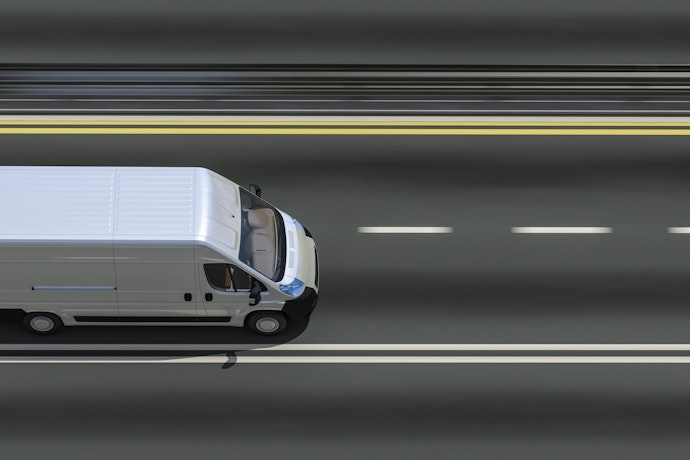4 tips to boost safety measures for mobile workers
Mobile workers in the field need additional safety measures. Take charge of driver safety with mobile resource management...
Read more
Fleet managers new to evaluating fleet monitoring systems will quickly discover that the best options not only track vehicle location in near real time, but also enable companies to utilize data to monitor driver safety, fleet security and proactive vehicle maintenance opportunities.
The right solution offers fleets an automated way to manage and communicate with drivers and field workers. Here are all the details managers need to consider when selecting the right fleet monitoring system for their mobile workforce.
Fleet monitoring systems enable managers to use data received from telematics devices such as GPS trackers to get near real-time insights into driver behavior and asset management. They are a popular option for mobile workforces to monitor both their employees and vehicles. In fact, in a recent survey, 70% of respondents currently using a GPS tracking solution consider it extremely or very beneficial.
Before deciding how to implement a fleet monitoring or fleet management solution, managers should understand how it can be used to manage their workers and assets.
Fleet monitoring is a way to track the activity of a company’s mobile assets using a GPS tracking unit fitted to the vehicle. The unit regularly transmits the equipment or vehicle location using a built-in cellular or satellite connection. Data picked up by the device is transmitted to a cloud server, where the information can then be processed and displayed to fleet managers via a secure website or dashboard.
Information collected by vehicle GPS tracking devices can vary depending on vehicle type, the fleet monitoring system being used, and fleet tracking software settings. Some data collected is very specific to a given job. For example, a fleet monitoring system may use door sensors and temperature monitors to maintain the integrity of a cold chain delivery service.
Data collected from GPS fleet monitoring systems includes:
Monitoring driver behavior is key to a fleet’s safety record, and establishing a company culture centered on safety is the first step. This should include detailed policies for mobile workforce management that focus on addressing aggressive or unsafe driving behaviors. Using driver scorecards and benchmarks, managers can show drivers where they stand in terms of safety, and individual drivers will see the benefit in improving their driving records in relation to their pre-employment screening (PSP) scores from the Federal Motor Carrier Safety Administration (FMCSA).
A company with a strong foundation of safe drivers with good PSP reports can positively impact the FMCSA’s Compliance, Safety, Accountability (CSA) program scores for a carrier. The FMCSA rates carriers with high CSA scores as being likely to be involved in an incident. Carriers with high scores can even receive warning letters or be forced to join intervention programs. Fleet managers who invest in safety culture and a fleet tracking system are helping to protect their business from all manner of costs and legal issues associated with unsafe vehicle operation.
GPS fleet tracking solutions from Verizon Connect capture all necessary and required data to manage compliance with federal and state regulations. Managers can simplify drivers’ obligations and reduce paperwork for the Department of Transportation’s Hours of Service rule compliance, FMCSA’s Driver-Vehicle Inspection Reports (DVIR), and the Electronic Logging Devices (ELD) mandate.
Learn more about our solutions for:
GPS fleet tracking mobile apps make commercial fleet monitoring easy on the go, enabling managers to monitor their fleet regardless of whether they are in the office or out in the field. A bring-your-own-device (BYOD) solution provides actionable data whenever and wherever it’s needed, including:
And, the system’s user-friendly design makes adoption easy for both large and small fleets.
Tags: Cost control, Productivity & Efficiency, Safety, Vehicle & asset security




Find out how our platform gives you the visibility you need to get more done.
Mobile workers in the field need additional safety measures. Take charge of driver safety with mobile resource management...
Read moreConstant and evolving innovation in mobile devices, networks, security and software solutions are revolutionizing how...
Read moreLearn what's important when evaluating your options for fleet management solutions.
Read moreLearn about common fleet compliance regulations and how tech can help companies meet these requirements while improving...
Read more
Get your free 2024 Fleet Technology Trends Report and see how organizations are: